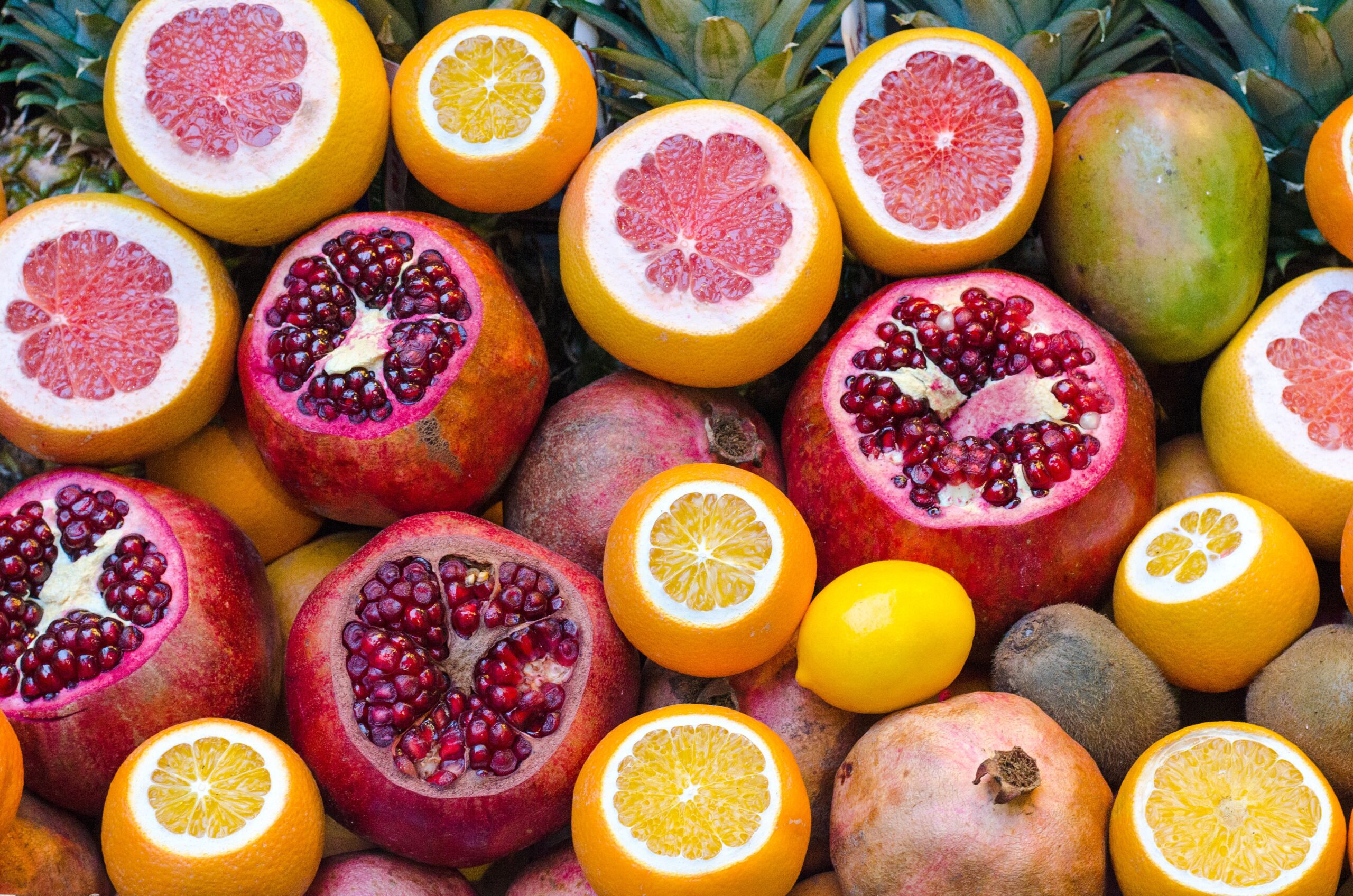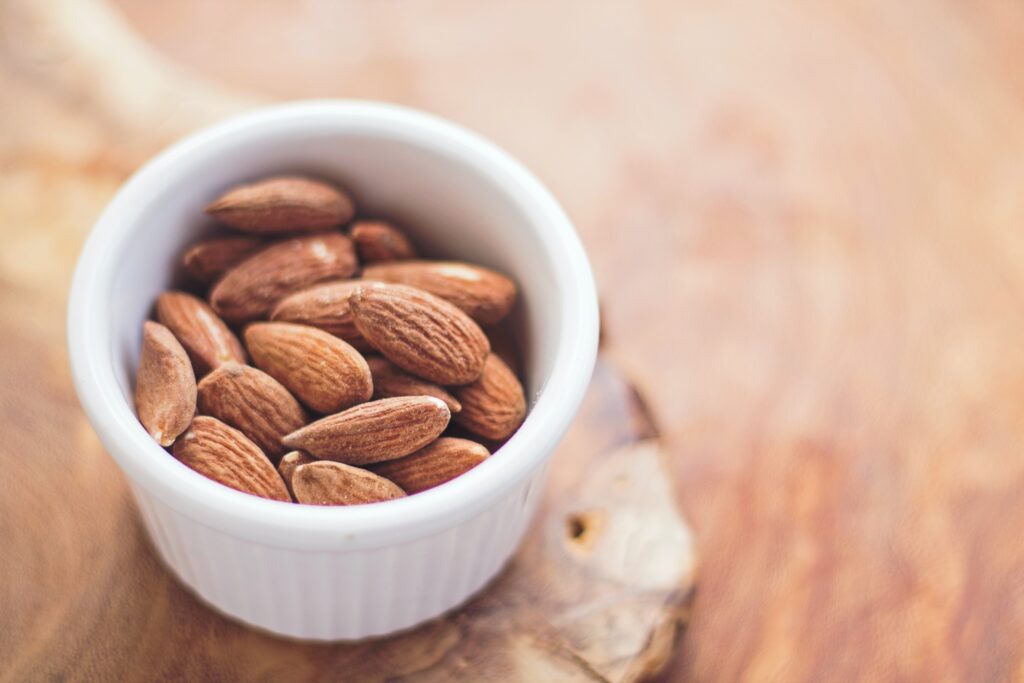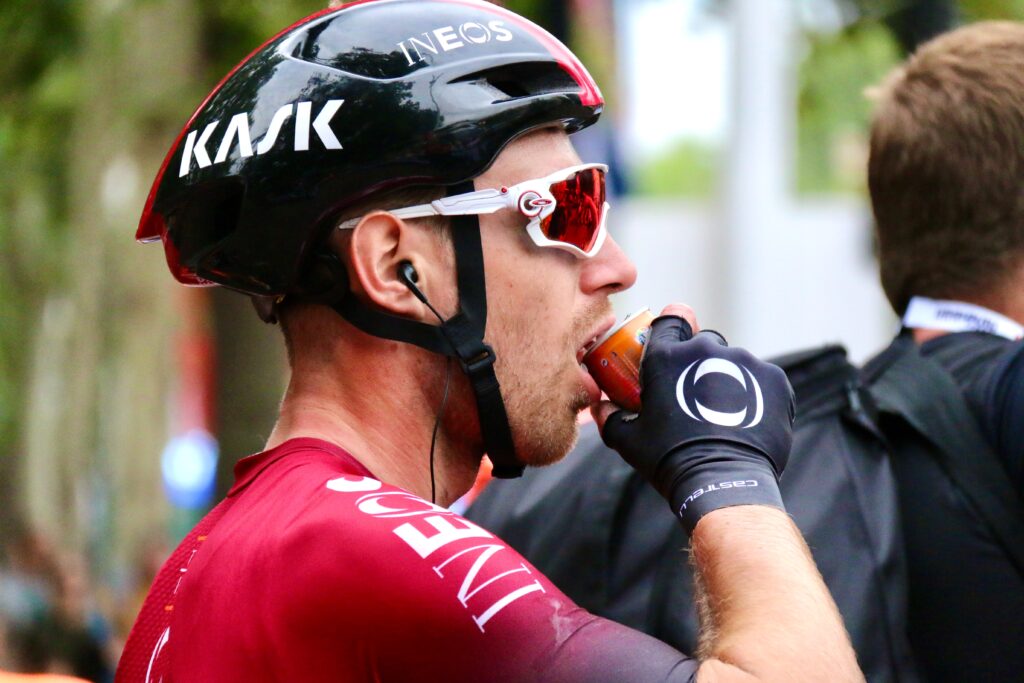Cycling and Nutrition
Understanding correct nutrition for different physical activities can be challenging as although there is an overlap in advice in some areas, there is often very specific advice for certain physical activities.
For cycling, understanding the necessary nutrition, especially for a beginner can be a challenge, but it is certainly not impossible to grasp. Although it might be overwhelming at first, with a bit of information going into it, you’ll be able to navigate the dietary roads much easier—without the GPS.
The challenge arises when you search online for recommended dietary advice for cyclists and get mixed reports, with various ‘experts’ spouting their supposed expert opinion and fad diets. One of the most important aspects to understand is the advice is normally different depending on your age, gender, weight/body composition, as well as the frequency and distances you cycle.
Sports nutrition should be understood as a blend of daily nutrition and training nutrition which can vary greatly. Out of the two, daily nutrition is where you should spend most of your time to focus on, as it will likely require a significant change in consumption habits and may take weeks/months to grasp.
This article will outline all the essential guidance you need to know to get the best nutrition to aid high-quality cycling performance.

Daily Nutrition
What you consume in terms of food and drink daily is the foundation for your overall health and performance in physical exercise. Ideally, you should not need to follow a diet, but rather, have a nutrition plan in place which can adapt to your lifestyle and fluctuations in the training schedule.
Controlling and optimizing your blood sugar is the primary purpose of a daily nutrition plan. Blood sugar (always known as glucose), is the energy our body derives from the food and drink we consume. This energy, in the form of glucose, gets transported to our muscles and organs to help us function. Controlling blood sugar can occur through achieving a balanced intake of macronutrients (carbohydrate, protein and fat) daily.
Achieving some sort of metabolic efficiency is crucial. By this, we mean how efficiently you use the energy that is stored energy in the form of carbohydrates and fat calories as energy for the body. This can be achieved by ensuring your nutrition plan focuses on the intake protein + fat + fiber, as a means of controlling blood sugar.
To put into context, the recreational cyclist will store something in the region of 80,000 calories as fat in their body but only 1,200 – 2,000 calories as carbohydrate (the range differs based on gender and difference in muscle mass). Due to this large range, the goal of daily nutrition is to teach our bodies to use our unlimited fat stores for energy, while preserving the stores of carbohydrate for only when you need them.
Focusing on metabolic efficiency shifts attention towards burning fat as energy rather than carbohydrates. Achieving this has huge health benefits, including losing weight / overall body fat, improving sleep and recovery time. Another great benefit of this process is that no additional supplements need to be purchased, it can all be done with food.
Shifting to a focus on the protein + fat + fiber nutrition plan is probably easier than you may think. As it is not a diet, there are no restrictions (although if you have allergies and intolerances do take precautions). The goal of the nutrition plan is to select food that contains protein, fat and fiber for most meals and snacks. A good rule of thumb is that if you’re able to do this for 90% meals, you will be on the path to achieving metabolic efficiency. For the other 10% meals, you can afford some ‘misses’, to ensure a healthy relationship with food is maintained.
A good process to start following this advice is by creating a list of the types of foods you enjoy from these food groups:
- Protein/Fat
- Vegetables
- Fruit
- Whole grains
After creating your list, you should plan meals by combining foods from each category, although you don’t need to combine from all 5 categories for every meal. A classic example would be a chicken fillet (protein/fat) with green beans (vegetable). This type of meal would put you on the path to optimizing blood sugar.
Following this sort of nutrition plan is crucial to ensuring your daily nutrition is healthy and in a good place to mix with training nutrition to give you high cycling performance.
Training Nutrition
Understanding what to consume before, during and after a cycle ride can be particularly challenging if you are not familiar with the concept of training nutrition. While your daily nutrition prepares your body well in advance of the ride, training nutrition focuses on the immediate nutrition required to aid to performance.

The well-versed advice from sports nutrition specialists with regards to training nutrition is to eat something 1-2 hours before you begin your cycle ride, and then for every 20-30 minutes after you have cycled for one hour, you should consume energy-rich foods. Also, 30-60 minutes after completing the cycle, is when you should eat again.
These recommendations are put into context in the following cycling examples:
- Waking up early in the morning to get a 1-hour aerobic exercise before work to get a 1-hour aerobic bike ride before work.
This example is tricky because when you first wake up in the morning, you are in a fasted state and the length of the bike ride is one hour in length.
The recommendation for this exercise example is for individuals to assess their state of hunger when they wake up. If you would class yourself as biologically hungry (grumbling stomach), it is advised you consume something small but packed with protein such as a spoon of nut butter or a handful of almonds, accompanied with a glass of water to ease digestion.
As the duration and intensity of this bike ride are low, you should not need to consume much to ensure a good aerobic bike ride.
- During your lunch break, you will go on a 1.5 hilly bike ride.
The duration and intensity of this bike ride have increased compared to the first example. Hilly bike rides need a stronger level of energy consumption before starting the ride. Recommended training nutrition advice for this activity would be to have a metabolically efficient snack mid-morning, approximately one hour from starting the ride. During the ride, have regular sips of water and possibly sports energy drinks that provide electrolytes.
As nearly three hours would’ve passed since your last food intake, immediately after the ride you should consume lunch, which has balanced amounts of protein/fat and vegetables.
- It’s the weekend and you decide to go with friends on an aerobic ride for 2-3 hours early in the morning.
In this instance, if you’re able to eat a small amount for breakfast that would be preferable due to the duration of the bike ride. The amount should be sufficient to alleviate your morning hunger.
As the ride lasts multiple hours, it is recommended you carry energy nut bars with you to snack on every 30-45 minutes, as well as a bottle of water. As this is a lower intensity ride, it is normally feasible to carry proper food to consume during a short break in your ride.
- You are doing a 90-minute interval ride in the evening after work but before dinner.
Despite having had a full breakfast and lunch during the day, it is recommended you have a mid-afternoon snack 2-3 hours before you start your intense interval cycle. As the level of intensity for this bike ride is very high, your body will need more calories to be able to sustain performance during the intervals.
After you’ve showered and wiped your swear, head for dinner straight away to refuel after the intense interval workout.

Sticking to Your Nutrition Plan
Hopefully, this article has given some insight into the kinds of nutrition cyclists must think about when wanting to improve their cycling fitness and performance.
The advice on metabolic efficiency can apply to almost any person engaged in a regular sporting activity as it enables
your body to be in the position of getting energy from burning fat calories rather than stored carbohydrates, which has been seen to produce several broader health benefits.
Cyclists must take note of the different examples and how nutritional advice changes. There are many different variables when understanding the exact nutrition needed for your specific body type and personal circumstance, but the article has at least tried to identify some good rules of thumb to follow, to help those wanting to better understand the relationship between nutrition and cycling performance.
In conclusion, if you need help in creating or finding a specific diet plan or nutrition guidelines that can help you achieve your highest biking performance, please consult your local health professional or consider seeing your nutritionist to get customized advice.

